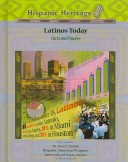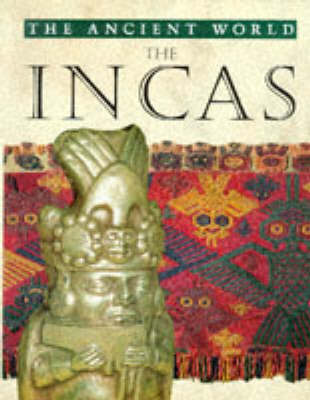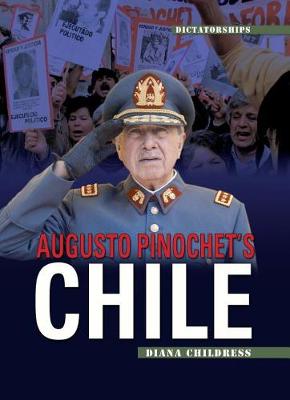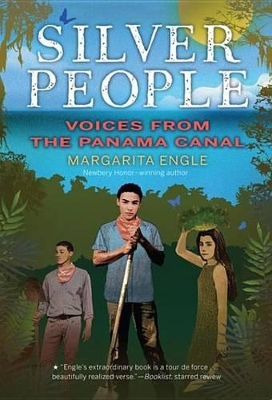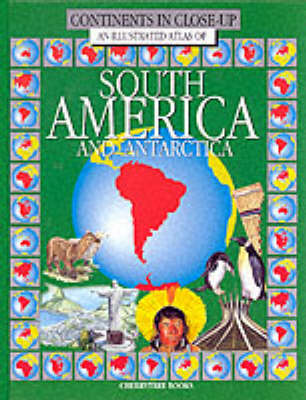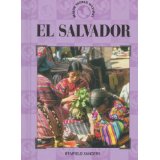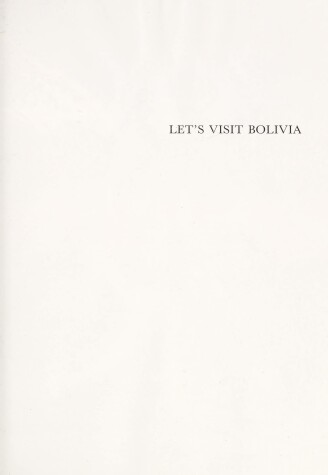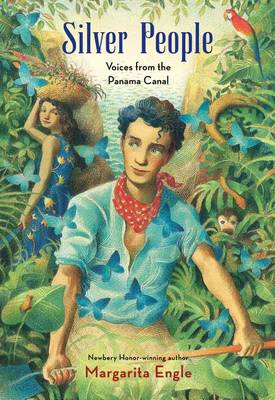Hispanic Heritage
by Dr Jose E Limon, Kenneth McIntosh, and Richard Mintzer
Opening with a survey of the geography and climate of the region, this book looks at the pre-Inca cultures and the myths and historical reality of their rise to power. The complex and well-organized political and social structure of the Inca empire is examined in detail, followed by an examination of their ideas and religion, arts and sciences, and a window on to every-day life for an Inca family. The book concludes with a description of the Spanish conquest and the Inca legacy for Peru today. I...
South Central America (Conflict in the 20th Century)
by John Pimlott
Chile (Cultures of the World (Fourth Edition)(R))
by Rachael Morlock
Augusto Pinochet's Chile, 2nd Edition (Dictatorships)
by Diana Childress
Following World War II, Latinos, like other Americans, sought the American Dream. The fifth installment in this important new series tracks the struggles and progress of Latino Americans through the mid-1980s. As the U.S. economy grew, so did the need for cheap labor. In many parts of the United States, Latino Americans and Latino immigrants provided the solution to this need. Latinos also joined other groups in the fight for civil rights, seeking both political and economic equality with their...
In 1914, the world celebrated the opening of the Panama Canal, which connected the world's two largest oceans and signaled America's emergence as a global superpower. It was a miracle, this path of water where a mountain had stood--and creating a miracle is no easy thing. Thousands lost their lives, and those who survived worked under the harshest conditions for only a few silver coins a day. From the young "silver people" whose back-breaking labor built the Canal to the denizens of the endange...
An Illustrated Atlas of South America (Continents in Close-up S.)
by Keith Lye
Surveys the history, topography, people, and culture of El Salvador, with emphasis on its current economy, industry, and place in the political world.
Discusses the Incas, their government, politics, religion, military organization, decline, extinction, and legacy.
An introduction to this land-locked country containing every extreme of geography and climate.
An introduction to Peru, home of the Incas and the oldest university in the Americas, and headwaters of the Amazon.
Introduces the geography, history, agriculture, industry, and people of the South American country known as "the place with the great river."
Ezequiel Mora y sus andanzas, continua el camino (Aventuras Y Riesgo, #2)
by Xyan Xoce
Independence for Latino America, 1776-1821 (Latino-American History)
by Richard Worth
As Spanish settlers moved north and Americans moved west, issues involving land, people, and resources complicated colonial expansion. The second volume of ""Latino-American History"", ""Independence for Latino America: 1776-1821"" journeys through the settlement of California, Arizona, New Mexico, Louisiana, and Texas to examine the Latino experience up through the Mexican Independence Movement.
The final volume in the ""Latino-American History"" series brings readers to the present day. ""Creating a New Future: 1986 to Present"" reflects the significant changes in the Latino experience in the United States. Legislation that resulted in an immigration pool no longer dominated by Europeans forced open the door for U.S. Latinos to become major players in business, government, entertainment and the arts, and professional sports. Yet even as the group grows to make up a sizeable percentage...
Fourteen-year-old Mateo and other Caribbean islanders face discrimination, segregation, and harsh working conditions when American recruiters lure them to the Panamanian rain forest in 1906 to build the great canal.
Incas (Myths & legends)
Describes the history, government, geography, natural resources, and culture of the country known as the "Gateway to South America."
